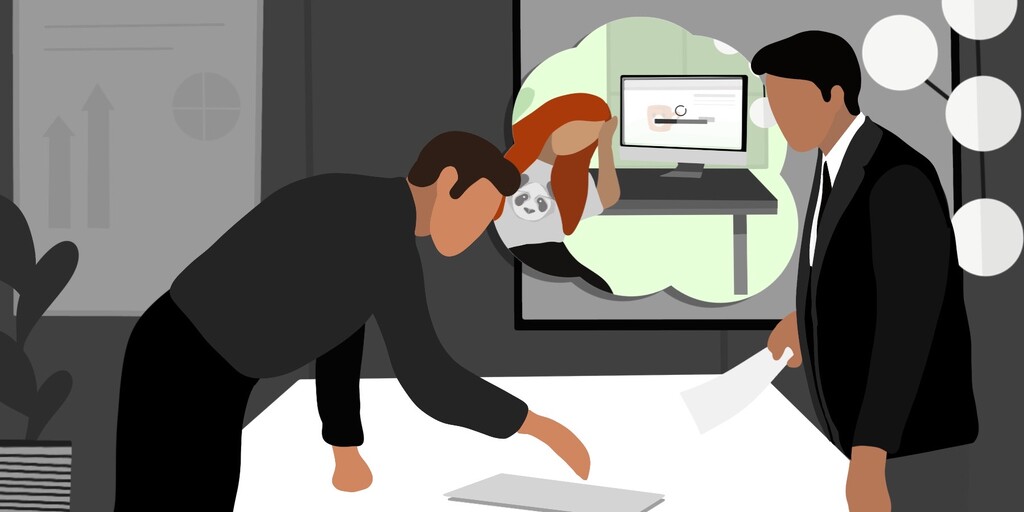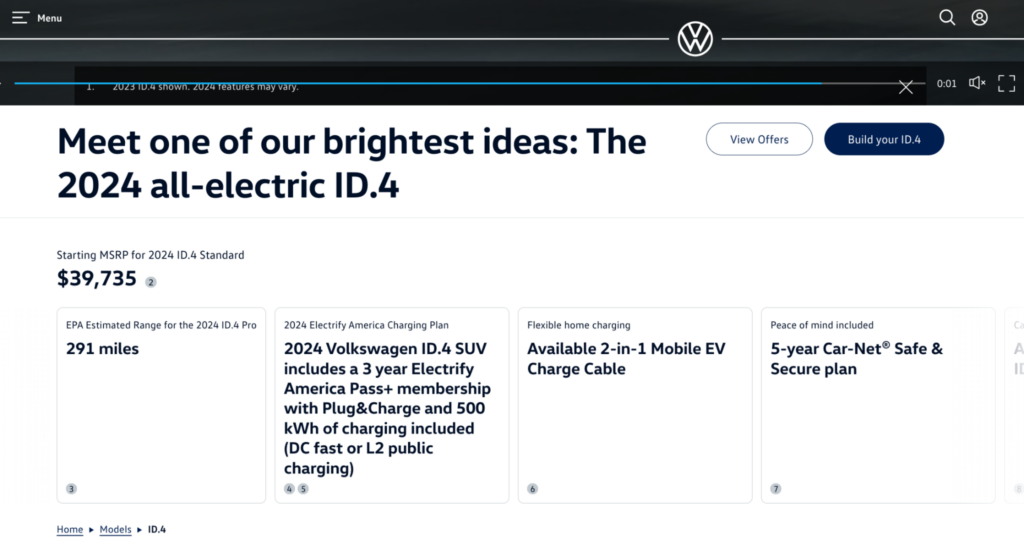
How to Optimize Paid Media CAC
You’ve tweaked your ads to perfection, but your customer acquisition cost (CAC) won’t budge.
Sound familiar?
So many marketers obsess over bidding, targeting, and ad creative—neglecting what happens after visitors click.
And that oversight is costing them big time.
❌ Scenario 1: The perfect ad… wasted
Let’s say you launch the perfect PPC campaign—precise targeting, prime keywords, a message that resonates.
Within seconds, an in-market shopper clicks through… only to experience a slow-loading landing page with confusing navigation and a complex checkout process.
Like any buyer with many options, they bounce.
No conversion, and no revenue for you. Just another wasted click putting you back at square one.
For every visitor who leaves frustrated like this, your CAC goes up. 📈
The true cost of a bad post-click experience
Let’s do the math:
- You spend $10,000 on paid media and generate 1,000 clicks; your cost-per-click (CPC) is $10
- If 5% of visitors convert, your CAC is $200
- But if 20% more visitors exit due to a poor post-click experience, your CAC jumps to $250
More bounces = more wasted spend.
✅ Scenario 2: Perfect ad 🤝 smooth experience
Now, picture the same ideal customer clicking the same perfect ad.
This time, they land on a fast-loading, mobile-friendly, friction-free website.
They get copy to inform a buying decision, breeze through checkout, and confidently complete their purchase.
The smooth experience encourages them to leave a positive review, tell their friends, and—most importantly—buy again.
All three actions help lower the seller’s CAC. 🎉
Sure, we’ve made both scenarios up. But they’re 100% logical.
Morgan Stanley found that 77% of consumers cite convenience as a critical factor in buying decisions. And many will pay up to 5% more for a smooth experience.
Ready to bring acquisition costs down?
Forget your ad strategy for a minute. Chances are you’re getting enough traffic.
Take these three steps instead:
1. Optimize landing pages for a seamless experience
A slow or clunky landing page kills conversions. Fixing it can slash CAC fast.
Prioritize these optimizations for the biggest impact:
- Improve load speed. Every second of delay costs conversions. Work with your technical team to understand the barriers and prioritize enhancements.
- Ensure mobile responsiveness. Over 60% of web traffic is mobile—cater for it. If that’s also true of your audience, work with the UX team to incorporate mobile experience best practices.
- Use clear, compelling CTAs. Never assume visitors will know what to do next. Think about what they gain by clicking the link, then highlight that benefit using clear, value-driven CTAs and button copy.
- Streamline checkout. Audit your checkout process and remove unnecessary steps. Only display fields when needed to keep the buying experience smooth—reducing friction and abandoned carts.
Take Booking.com’s mobile site. Every page is quick, clear, and informative.

The key info is all there, yet nothing feels cluttered.
And most importantly, I know exactly how to progress to checkout (which is also super simple).
2. Keep landing pages and ad copy consistent
Every landing page should be a natural extension of its ad, not a bait-and-switch.
Ensure you:
- Match visitor expectations. If your ad promises free shipping, make this apparent on the site and explain the deal clearly. Don’t bury it in fine print.
- Maintain messaging consistency. Use recognizable language and visuals—such as the same headlines, colors, and imagery in the site header—to reassure visitors they’ve landed in the right place.
- Experiment with variations. A/B testing different layouts and copy can boost conversions without increasing ad spend. Create a list of places where there’s room for improvement and test them one by one.
For example, this VW ad targets drivers new to electric vehicles (“Let’s Talk Moving to Electric”):

It doesn’t just lead to the VW homepage.
It serves up info on range, charging availability, and safety—all designed to reassure hesitant first-time buyers.

In other words, it delivers on the ad’s promise.
3. Recapture lost visitors with lifecycle marketing
Not every shopper buys on their first visit. It doesn’t mean they’re lost forever.
The trick is to stay on their radar through thoughtful communication.
Here’s how:
- Smart exit-intent popups. Catch leaving visitors with relevant offers. Better a small discount than a lost customer. Or use these to learn why people are leaving to inform future A/B tests.
- Social proof at the right time. Hit hesitant returners with customer reviews in association with communicating the price. Nothing sells like seeing how others like your product or service.
- Email nurture sequences. Guide prospects through common objections. If price is the barrier, highlight deals or flexible payment options. If it’s product complexity, share tutorials or customer testimonials to build confidence.
MIT Sloan Executive Education’s remarketing success is a perfect example.
Rebuilding and automating key communication campaigns to target specific segments drove dramatic results:
- 89% lower ad spend
- 74% lower CPC
- **70% lower cost per acquisition (CPA)**
Big wins from giving returning visitors exactly what they needed to see.
The bottom line
Your ads might be perfect. But if your post-click experience feels like driving a Porsche into a pothole, you’re wasting money.
The good news?
While your competitors chase diminishing returns in ad platforms, you can focus on the experience gap.
That’s where the real CAC improvements lie.
Start with one page. One form. One checkout flow. Fix it, measure the impact, then move to the next.
Your CAC will thank you. And so will your customers.
READY TO PROVIDE A BETTER POST-CLICK EXPERIENCE?
Get insights and tips to drive more business from less ad spend, more profit from less cost, and more customer value from less churn.